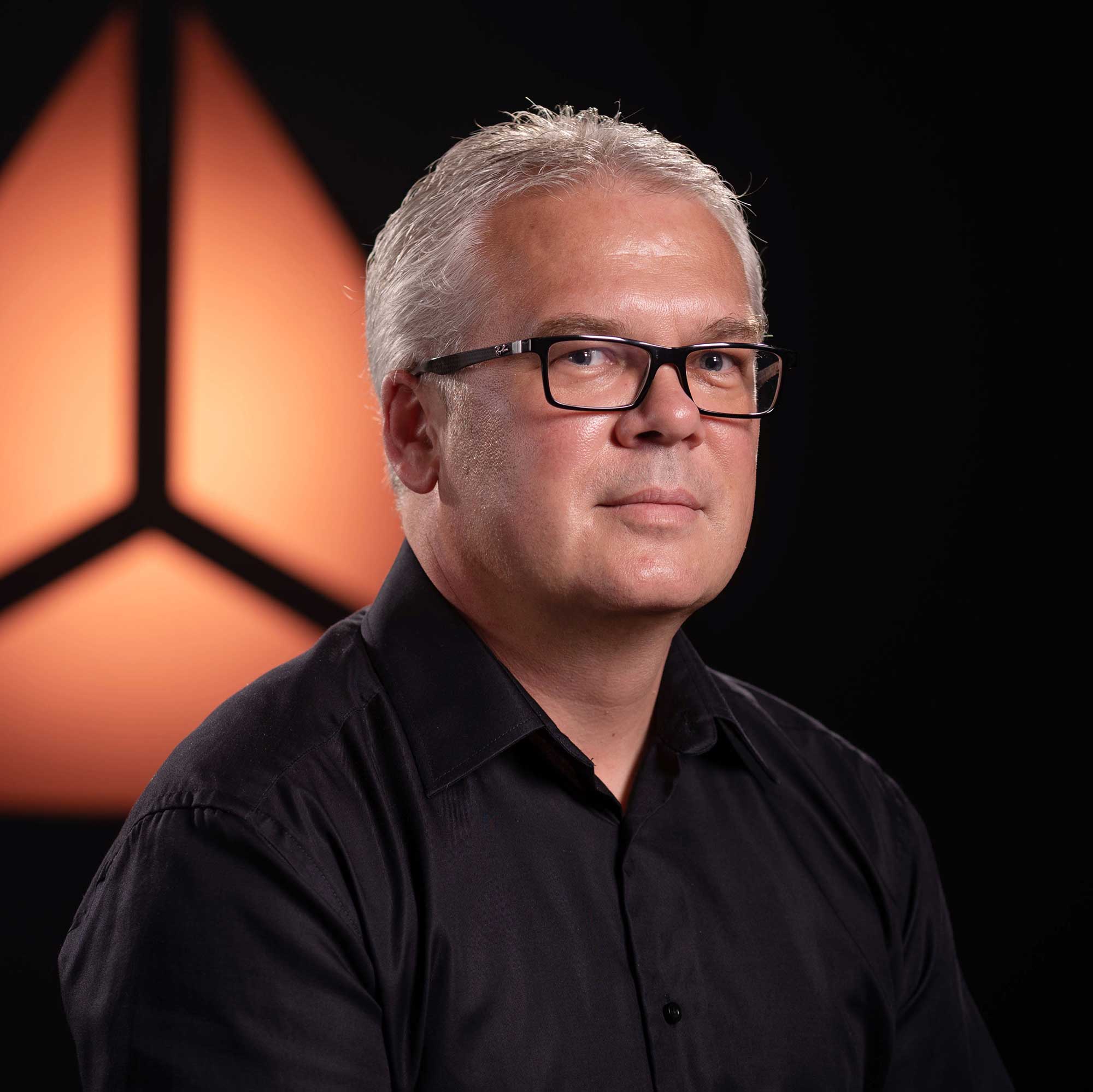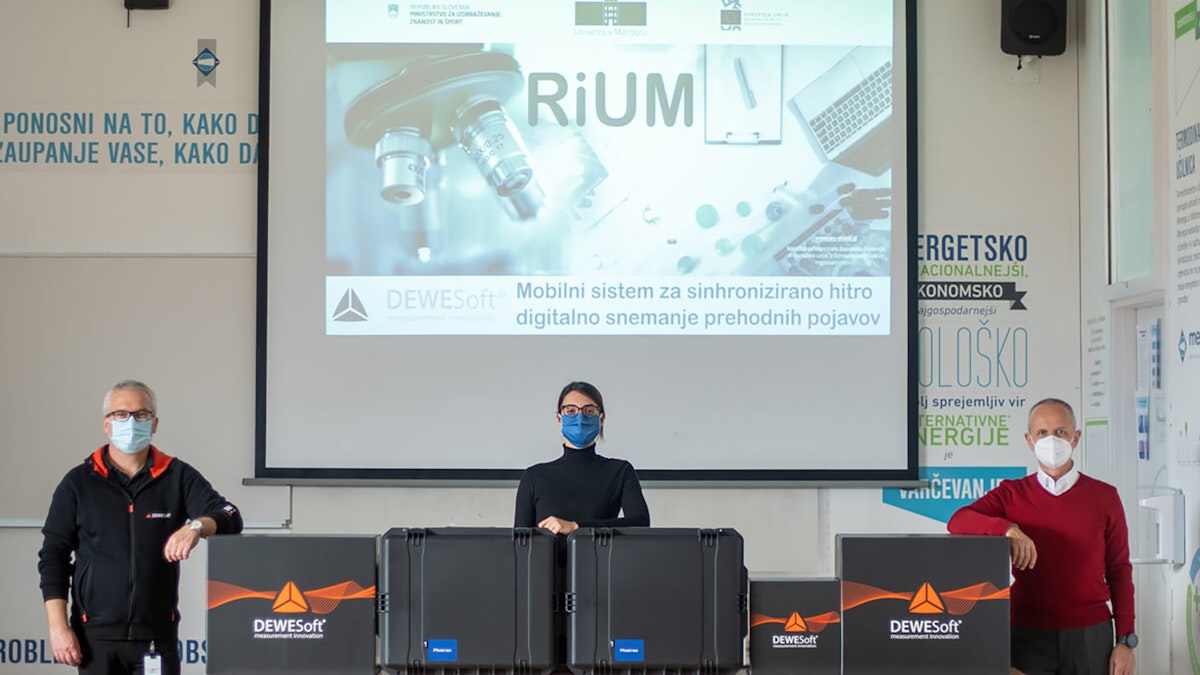Table of contents
Browse categories
Browse authors
 AB
ABAlberto Boffi
 AL
ALAlessia Longo
 AH
AHAl Hoge
 AB
ABAljaž Blažun
 BJ
BJBernard Jerman
 BČ
BČBojan Čontala
 CF
CFCarsten Frederiksen
 CS
CSCarsten Stjernfelt
 DC
DCDaniel Colmenares
 DF
DFDino Florjančič
 EB
EBEmanuele Burgognoni
 EK
EKEva Kalšek
 FB
FBFranck Beranger
 GR
GRGabriele Ribichini
Glacier Chen
 GS
GSGrant Maloy Smith
 HB
HBHelmut Behmüller
 IB
IBIza Burnik
 JO
JOJaka Ogorevc
 JR
JRJake Rosenthal
 JS
JSJernej Sirk
 JM
JMJohn Miller
 KM
KMKarla Yera Morales
 KD
KDKayla Day
 KS
KSKonrad Schweiger
Leslie Wang
 LS
LSLoïc Siret
 LJ
LJLuka Jerman
 MB
MBMarco Behmer
 MR
MRMarco Ribichini
 ML
MLMatic Lebar
 MS
MSMatjaž Strniša
 ME
MEMatthew Engquist
 ME
MEMichael Elmerick
 NP
NPNicolas Phan
 OM
OMOwen Maginity
 PF
PFPatrick Fu
 PR
PRPrimož Rome
 RM
RMRok Mesar
 RS
RSRupert Schwarz
 SA
SASamuele Ardizio
 SK
SKSimon Kodrič
 SG
SGSøren Linnet Gjelstrup
 TH
THThorsten Hartleb
 TV
TVTirin Varghese
 UK
UKUrban Kuhar
Valentino Pagliara
 VS
VSVid Selič
 WK
WKWill Kooiker
Dewesoft Supplied Measurement Equipment to Maribor University

February 20, 2023
Dewesoft supplied the researchers at the Faculty of Mechanical Engineering of the University of Maribor (UM) with a unique integrated measuring system for stereo-optical fast digital recording of transients.

This is the first scientific research equipment supplied as part of the operation Upgrading National Research Infrastructures – with the Slovenian abbreviation RIUM. The operation was supported by the Ministry of Education, Science and Sport in the amount of 29 million euros. Deliveries of the remaining equipment will follow in the next two years.
Better composition of materials and construction
The mobile synchronized fast digital transient recording system developed by Dewesoft is designed for advanced digital visualization of extremely fast transients such as impact deformation of materials, vortexing and cavitation, injection molding, brittle fractures, rapid crack growth, explosion effects or missiles, and the like.
The analysis of images made with ultra-fast speed cameras (2 million images per second) provides a better understanding of the basic physical laws of these phenomena and contributes to the improvement of the composition of materials, structures, or engineering processes and beyond, the University of Maribor explains.
The measuring system and its users
The mobile system is based on two high-speed Photron FASTCAM SA-Z high-speed cameras connected to the high-performance measuring system Dewesoft SIRIUSi HS 8x STG+ and supported by appropriate software for data capture and analysis, Photron FASTCAM VIEWER 4 (PFV4) and Dewesoft-X-PRO.
The mobile system for synchronized fast digital recording of transients is located at the research group ACE-X at the Faculty of Mechanical Engineering, University of Maribor, but is also shared by other research groups at UM:
Research Group on Energy, Process and Environmental Engineering (FS),
Structural Evaluation Research Group (FS),
Research Group on Production Cybernetics and Automation (FS),
Research group for machine elements and constructions from IKO (FS),
Laboratory for Organic and Polymer Chemistry and Technology (FKKT).
Tasks of the ACE-X research group
The ACE-X research group conducts basic, applied, and development research in the field of advanced computer engineering of materials, which includes complex geometric computer modelling and implementation of complex computer simulations of engineering problems, development of new methods and algorithms in nonlinear solid-state mechanics, fast transition mechanics, contact mechanics, and related problems.
Research is focused on the development of new inhomogeneous cellular and composite materials with specific properties (deformability, auxetics, damping ...). The Group develops and implements procedures for use in various industrial applications, such as stress-strain analysis of mechanical components, impact and impact simulation analysis, failure analysis of structures and structural joints, and optimization of machine components and assemblies.
The group has a computer team for performing parallel demanding and extensive computer simulations of HPC CORE@UM and its own Split-Hopkinson-Pressure-Bar testing room for determining the mechanical properties of materials at high loading speeds.
Research in the field of modern materials (e.g. cellular and composite metamaterials), components, and structures exposed to impact loads at high strain rates require a synchronized high-speed digital recording system that allows the observation of the deformation of these materials at high loading rates. Such images are required for digital processing according to the DIC method (Digital Image Correlation), which allows accurate analysis of events in the material through the field of deformation.
Promoting interdisciplinarity
This allows additional verification of material parameters in extremely fast dynamic tests - such as the Split-Hopkinson-Pressure-Bar test site and is also very important for the successful validation of new computer models to study the possible use of advanced materials in modern structures.
Here, the field of application is not limited to classical solids, but also allows the evaluation of deformation mechanics of other types of materials, such as softer tissues (used in medicine), fabrics (used in textiles), transients in liquids (used in process engineering), which will enable the establishment of wider interdisciplinary cooperation between the ACE-X research group and other participating research groups.
Wide usability of the system
A mobile system for synchronized fast digital transient recording will contribute to the advancement of science in many engineering fields characterized by the rapid change of state. For example, the development of new metamaterials, improvements in a variety of mechanical and other structures, improvements in protective, anti-impact elements, improvements in introductory procedures, etc.
The system will also be used in several different areas of cooperation with companies in both Slovenia and abroad.
In the field of development and testing of road safety systems, they will be used for more accurate recording of deformation processes in standardized testing of systems, which will help to improve their construction. In the field of development of mixing and reaction devices, the cameras will enable spatial recording of various process phenomena.
In the field of characterization of special materials, e.g. anti-armor steels, composite materials, reaction materials, etc., the cameras will enable recording of the fracture-deformation process of these materials under the influence of impact loads and thus understanding their behavior in order to improve their construction.
In the field of development of open-cell structures, e.g. deformation elements, heat sources/sinks, damping elements, multifunctional elements, etc., the cameras will enable accurate recording of the mechanism of the behavior of these structures under different loading conditions.
Open access equipment
After receiving the equipment, Prof. dr. Zoran Ren, Vice-Rector for Research at the University of Maribor, said:
The mobile system for synchronized fast digital recording of transients will allow us to observe a variety of phenomena that are too fast to detect with the eyes. With the new system, we will capture these phenomena with ultra-fast cameras that can capture up to 2 million shots per second. With innovative ways of processing captured digital images, we will virtually slow down and analyze these fast phenomena and thus better understand them. Once we understand them, we will be able to control them.